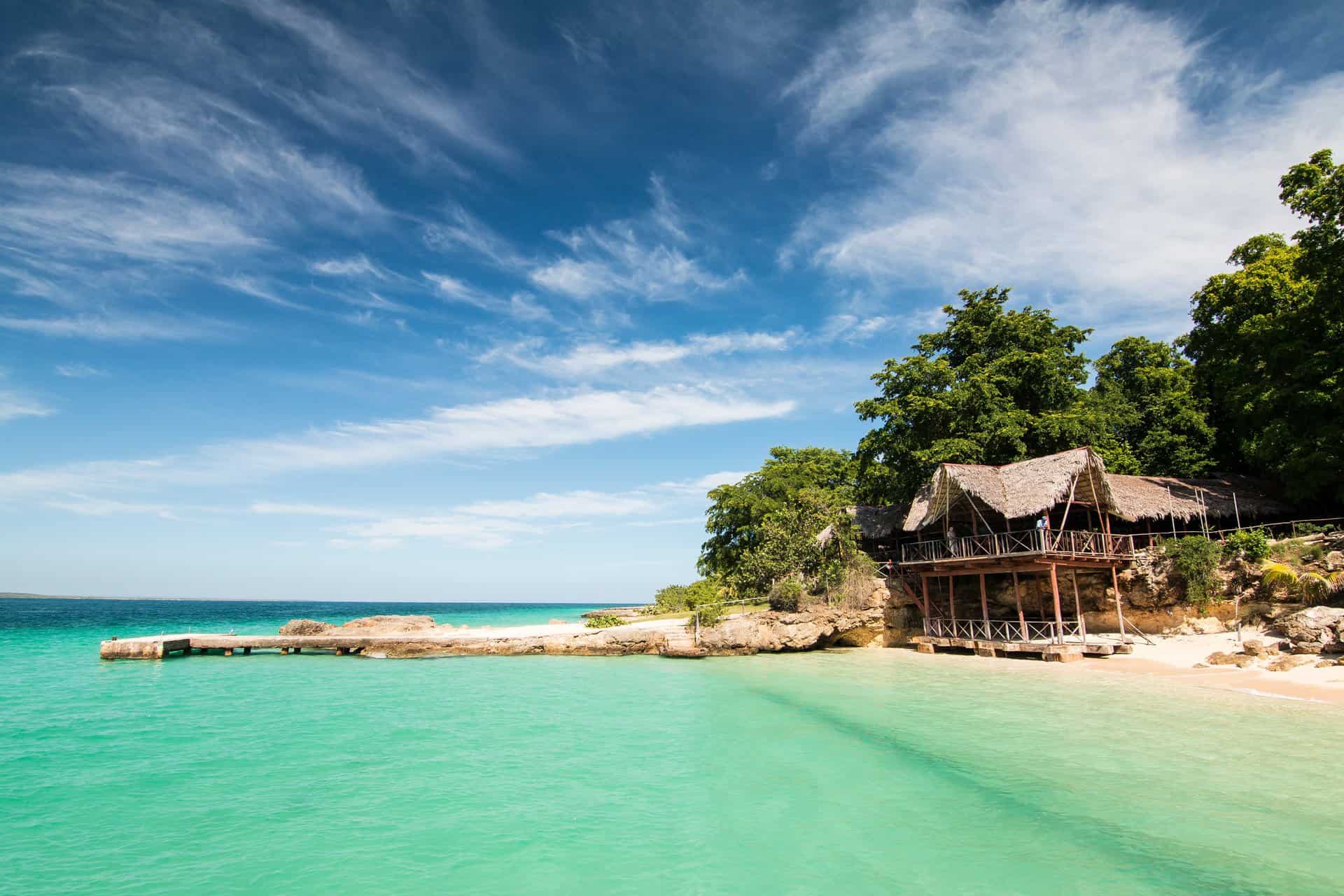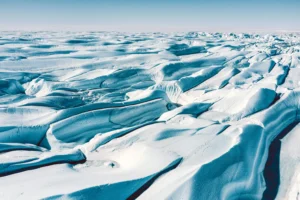
Burning questions about Antarctica?
Don’t worry, we’ve got you! PSA is here to help.
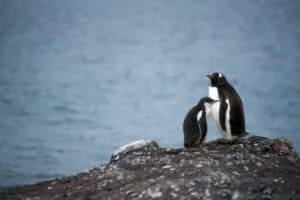
When is the best time to visit Antarctica?
The extreme weather in Antarctica means that the season is short – from November to March. We wouldn’t recommend a particular “best time” to visit during this period as each month offers something unique in terms of weather and wildlife.
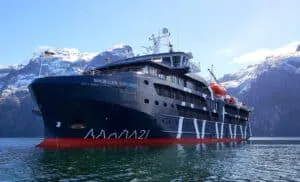
How do I get to Antarctica?
Sailing to Antarctica is the most common way of getting there. This involves crossing the often tempestuous Drake Passage. It takes approximately 48 hours to cross and around one in four crossings experience turbulent seas. The captains are extremely experienced and have state-of-the-art systems that can predict conditions and allow them to change course. For those willing to take the risk, crossing the Drake Passage can often be one of the highlights of a trip to Antarctica as the wildlife is incredible.
For anxious sailors, or those short of time, it’s possible to fly to Antarctica in just two hours. For this, we would recommend the Magellan Explorer. Your adventure will begin in the Southern Chilean port city of Punta Arenas. Fly on ‘Bigfoot’, a specially designed carrier for the changeable conditions Antarctica is known for. Arrive within two hours and embark the Magellan Explorer by zodiac.
The flights to Antarctica are weather-dependent, so we suggest leaving some flexibility at the beginning of your trip to explore Chilean Patagonia.
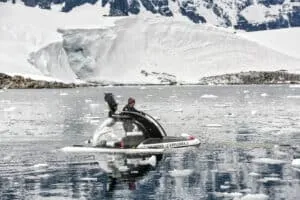
What will I do in Antarctica?
You’ll be regularly disembarking your ship to explore either by zodiac or by foot.
Zodiac boats, which typically have a capacity for 8 – 12 people, are used daily in Antarctica. They’ll get you to land, or they’ll be used to cruise around looking for wildlife.
Landings by foot are typically focused on visiting penguin colonies, research stations, or places of historical importance.
Education is also a huge part of any trip to Antarctica. Lectures and informal talks will be available throughout your cruise and will cover a large range of topics, including geology, zoology, and history. We recommend taking The Story of Shackleton’s 1914-1917 Expedition by Ernest Shackleton with you to read during any downtime.
Kayaking is available on some ships. We’d also recommend taking part in the Polar Plunge – not for the faint-hearted, but well worth it for the endorphin rush!

What wildlife will I see?
Penguins are a highlight of any trip to Antarctica. You’ll see chinstraps, Gentoo, and Adelie, and they often gather in their hundreds, if not thousands.
You’re also likely to see whales – minke, humpbacks, and orcas are the most commonly sighted.
Birders will be thrilled by the variety of species, including the wandering albatross, skua, and Cape petrel.
For anyone interested in wildlife and photography, then South Georgia is a must. It is the jewel in the crown of the Antarctica region and is one of the most breathtaking places on Earth. The king Penguin colony of Salisbury Plain, South Georgia, comprises over 100,000 breeding pairs, and this alongside elephant seals play fighting, provides for an experience like no other.

Can you arrange Photographic Tours of Antarctica?
We arrange one photographic tour of Antarctica each year and, pending numbers, usually charter a boat to keep things as private as possible. We pack the vessel with world-class chefs, expedition leaders, and naturalists, and usually spend 7-10 days between South Georgia and Antarctica. Longer itineraries have included the Falkland Islands and usually start and finish in the wonderful city of Buenos Aires!
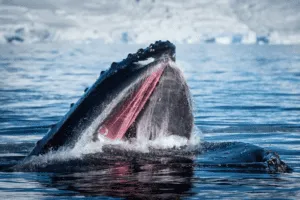
Is it easy to combine with Patagonia?
Yes! The vast majority of Antarctica trips depart from the southern tip of Patagonia, providing an excellent opportunity to explore either before or after your cruise.
How far in advance do I need to book?
We would recommend booking your Antarctica adventure as early as possible, as our favourite ships often sell out well in advance. We would recommend 12 months in advance as a minimum, and 18 months is preferable.
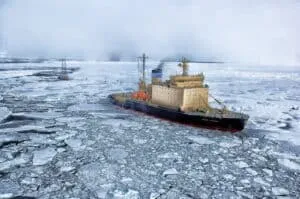
Is it possible to charter a boat in Antarctica?
Absolutely! We have a handful of boats up our sleeve depending on the size of your group. One of our favourites is the Hanse Explorer, a serious expedition yacht, tough enough for the harshest of Antarctica expeditions, and with only seven cabins.
A private charter means that you really can personalise your great adventure – we can match your desires with amazing landings and build creative, custom itineraries that will take you to the most off-the-beaten track of the already isolated continent.
What are the best boats in Antarctica?
We tend to prefer smaller vessels in Antarctica, which means fewer passengers, more personalised treatment, and a more private experience. Those who want to avoid the Drake Passage might opt for Magellan Explorer. Those with deep pockets and a desire for privacy and exclusivity should look at Hanse Explorer and Legend. At the more affordable end of the spectrum, but still an outstanding experience, we like Sea Spirit.
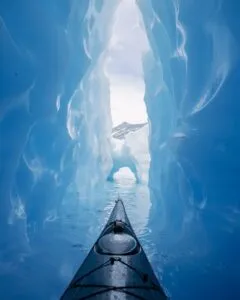
How sustainable is travel to Antarctica?
We do everything within our power to ensure all operations are as sustainable as possible. Working in partnership with the World Land Trust, we calculate and offset the carbon generated from each trip to Antarctica and build the cost transparently into each client’s invoice. We then match the amount to ensure net carbon positivity for each booking. As the great Sir David Attenborough puts it, “The money that is given to the World Land Trust, in my estimation, has more effect on the wild world than almost anything I can think of”.
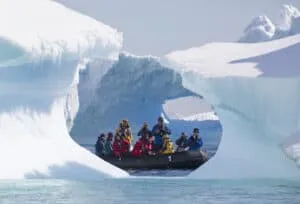
What do I need to pack?
Base layers are crucial when packing for Antarctica, as these are what will keep you warm. Don’t go for cotton, but instead choose merino wool, silk, or polypropylene. These thermal layers, along with a good jumper or fleece, are fundamental for remaining comfortable.
You will also need a waterproof jacket and trousers. Skiing jackets and trousers work well.
Don’t forget a woolly hat, gloves, and thick socks. We’d also recommend taking sunglasses, suncream, a neck gaiter, a rucksack, walking poles, and binoculars.
Your Antarctica ship will provide you with insulated boots, and some will even provide you with a parka jacket. One of our experts will be able to let you know exactly what is provided on your cruise.
Related Stories
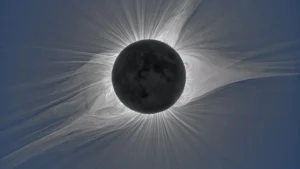
Antarctica Solar Eclipse 2021
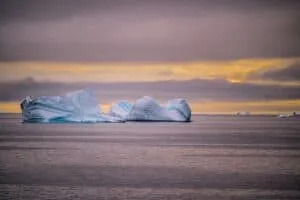
Antarctica: A Journey To The End Of The World
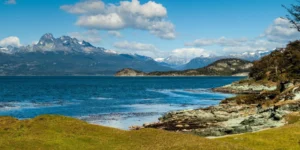
Expedition To Antarctica And Tierra Del Fuego
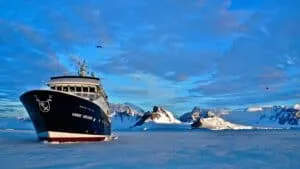
How to Explore Antarctica
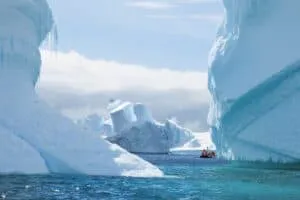
Luxury Antarctic Cruise | Follow In Shackleton’s Footsteps
@plansouthamerica
